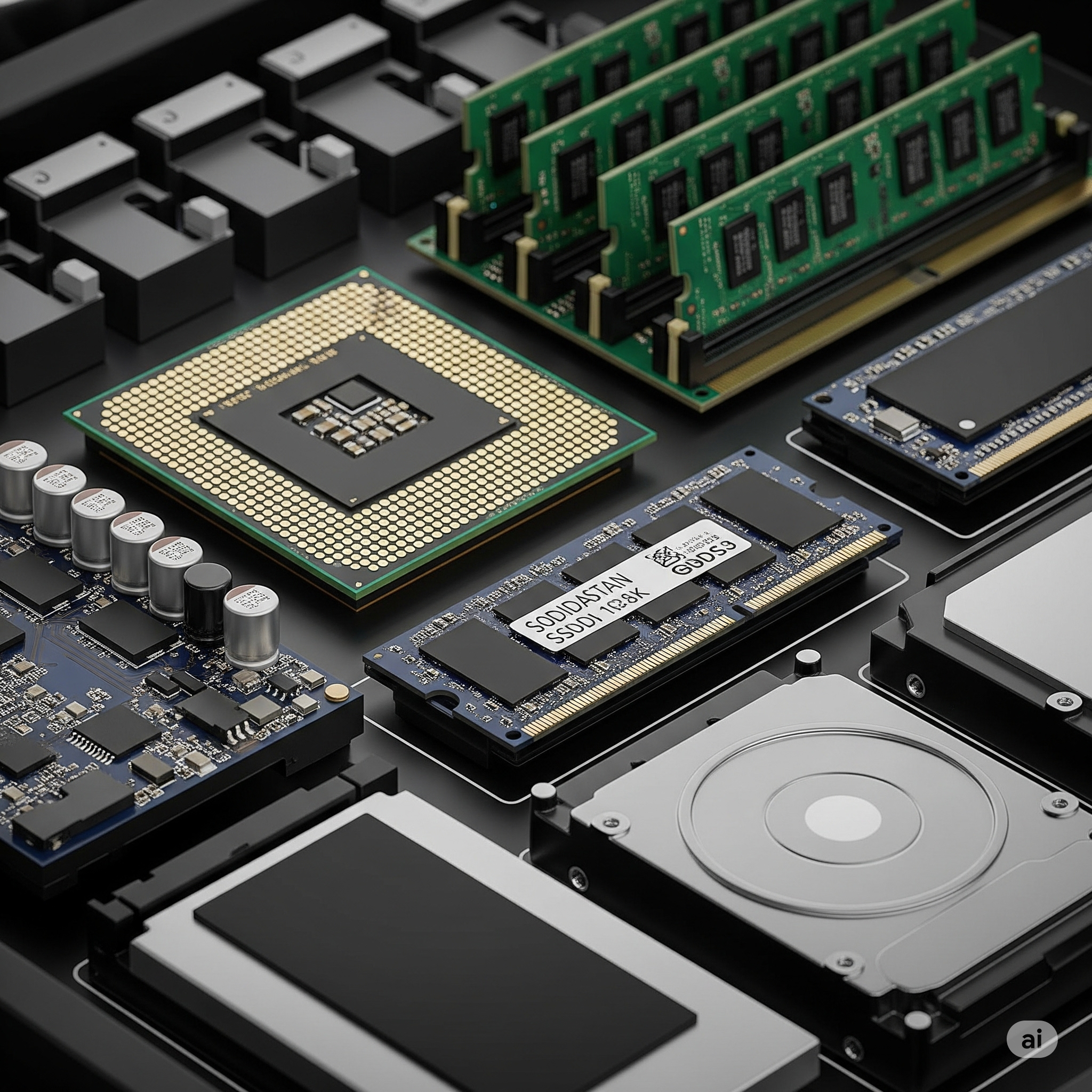Book information
- Title: Computer Architecture: A quantitative approach
- Author: John L. Hennessy, David A. Patterson
- ISBN: 978-0128119051
- Date of publication: December 2017
Target audience
The target audience for this book is people with an interest in computer architecture, primarily people with a strong interest in RISC-V architecture like academics and professional engineers.
Purpose
I’m really looking forward to diving into this book and refreshing my knowledge of processors and computer architecture! I have fond memories of my university courses on this topic and compilers, so I’m hoping this will be just as engaging. I’m particularly interested in the interplay of hardware and software, especially the software side.
It seems the sixth edition also covers the RISC-V ISA, which is a huge plus for me. This architecture is generating a lot of buzz lately, and the fact that it’s open source makes it even more appealing for learning and research.
The synopsis also mentions domain-specific architectures and large-scale computing, which sound fascinating. What I’m really hoping for are plenty of examples and exercises. This is pretty dense material, and working through problems is the best way for me to grasp the concepts.
Overall, I’m eager to brush up on my computer architecture knowledge and learn about the latest advancements in the field.
 | Generated by Gemini AI |
| Generated by Gemini AI |
Brief summary
The book presents modern computer architectures, from the most basic topics like memory and pipelining, to more advanced topics like warehouse-scale computers and domain-specific architectures. Overall, it is a good refresher for people who have the basic knowledge about this topic, and a good way of learning the more advanced topics. The book contains several examples per chapter and lots of exercises at the end of it.
Finding
My main surprise while reading the book is that I didn’t follow the usual book sequence reading (chapters 1-7 and then the annexes), but instead adopted a non-linear approach: chapter 1, annex B, chapter 2, annex C, chapter 3, and then the rest of the chapters. This specific order is, in fact, thoughtfully recommended by the authors for readers seeking to refresh their foundational knowledge in computer architecture. Having been many years since my university courses on the subject, I found this tailored approach incredibly beneficial. It allowed me to solidify core concepts before delving into more complex topics, making the entire learning process smoother and more effective.
Apart from this insightful reading path, my experience with the book was overwhelmingly positive. It proved to be an invaluable resource for deepening my understanding of modern computer architecture. My engagement with the material was so profound that it inspired me to write several blog posts, allowing me to further process and articulate complex topics. These posts not only served as a personal learning aid but also as a way to share my insights with others. If you are interested, these are the links:
- Mastering memory mapping: from virtual to physical addresses
- Simplified vision to DRAM internals
- Diving deep into branch predictors
- Tomasulo's algorithm with speculation stages
This is a book I’d highly recommend to anyone with a serious interest in computer architecture, especially those looking to refresh their knowledge or dive into contemporary advancements.
Strengths
- Tailored reading order: a significant strength is the authors’ recommendation of an alternative reading order for those who need to refresh their foundational knowledge. This thoughtful guidance ensures that readers with varying levels of prior experience can approach the dense material effectively, making the book accessible to a broader audience than just absolute beginners.
- Comprehensive coverage of fundamentals: the book excels at covering basic topics like pipelining, memory hierarchy (including cache coherence and virtual memory), and instruction set architectures. It provides clear, concise explanations, numerous basic examples, and a solid overview of how these fundamental components operate and interact within a computer system. This strong foundation is crucial for understanding the more advanced concepts.
- Cutting-edge advanced topics: the book shines in its exploration of contemporary and advanced topics such as warehouse-scale computers, domain-specific architectures (DSAs), and parallel processing. It not only introduces these complex areas but also integrates real-world examples from leading companies (e.g., Google’s TPUs, NVIDIA’s GPUs) to illustrate how these solutions address modern computational challenges. This provides valuable insights into the current state and future direction of computer architecture.
- Excellent visual aids: the inclusion of numerous, well-designed diagrams is incredibly helpful. These visual representations simplify complex architectural concepts, making them easier to grasp and remember. They serve as an invaluable aid for visual learners and significantly enhance the overall comprehension of the material.
- Focus on RISC-V architecture: the sixth edition’s inclusion and detailed discussion of the RISC-V ISA is a major advantage. Given the growing prominence and open-source nature of RISC-V, its comprehensive coverage makes the book highly relevant and forward-looking, catering to the interests of academics and engineers working with this emerging architecture.
Limitations
- Not for absolute beginners: while the book offers a recommended reading path for refreshing knowledge, it assumes a certain level of prior exposure to computer science fundamentals. For individuals with absolutely no background in computer architecture, the pace and depth might be overwhelming. The authors themselves suggest their other book, “Computer Organization and Design: The Hardware/Software Interface,” as a more suitable starting point for true novices, which highlights that this particular volume is geared towards those with at least some foundational understanding.
- Density of material: the book is incredibly comprehensive and packed with information. While this is a strength for in-depth learning, it can also be a limitation for some readers. The sheer density of the material might require significant time and effort to digest, making it less suitable for a quick overview or casual reading.